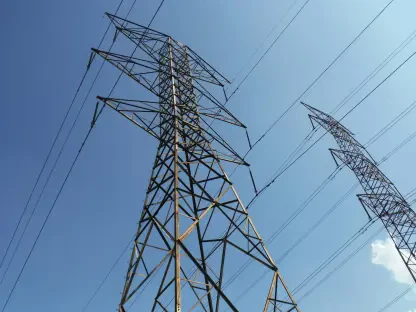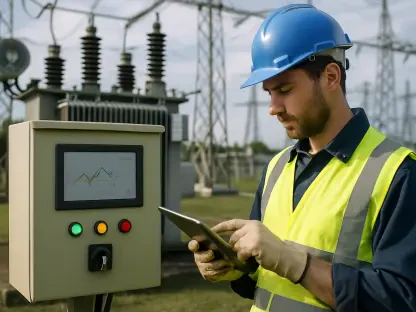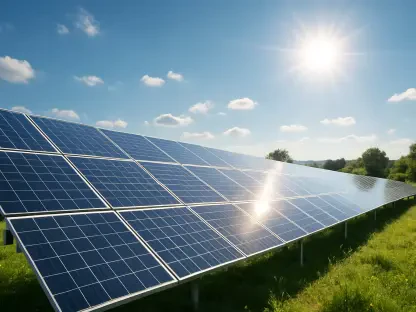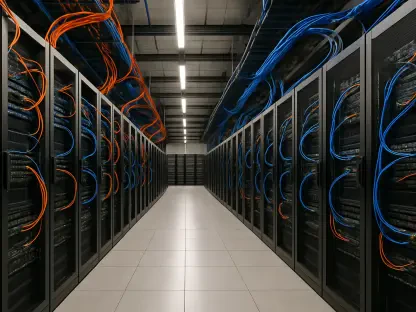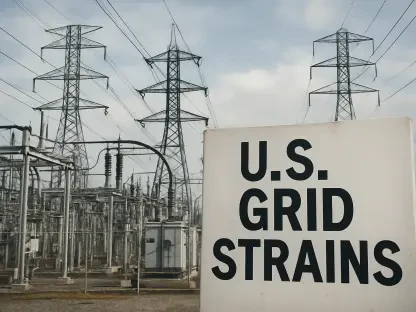The United Kingdom is steering its clean energy future with a bold aim: to nearly triple its current offshore wind capacity by the end of the decade. As the nation gears up for another round of renewable energy auctions, questions loom about the feasibility and impact of this ambitious expansion. The upcoming renewable energy auction could be a defining moment in setting the pace for the UK’s transition to greener energy, playing a crucial role in meeting its stringent 2030 carbon-neutral electricity target.
The Race Against Time in Renewable Energy
The urgency of expanding offshore wind energy in the UK stems from a national commitment to achieve carbon-neutral electricity. With climate change escalating and the global reliance on fossil fuels persisting, the necessity for robust renewable infrastructure is undeniable. The UK, as a front-runner in renewable energy adoption, faces mounting international pressures to maintain its leadership position. By expanding its offshore wind capabilities, the country not only aims to meet domestic energy demands but also to fortify its standing on the global environmental stage.
Decoding the Next Renewable Auction
The UK’s auction system is pivotal in advancing its renewable energy ambitions. This process invites investments by offering subsidies to burgeoning projects, accelerating the shift toward clean energy. The latest auction, known as AR6, allocated 1.5 billion pounds to foster around 5 GW of offshore wind capacity. Expectations for the next auction, AR7, are riding high, targeting at least an additional 6 GW to keep the UK on track with its sustainability goals. However, scaling this capacity from 15 GW to as much as 50 GW by 2030 presents challenges that need careful navigation.
Insights from Industry Experts
Key industry voices highlight the importance of ramping up auction opportunities to facilitate this growth. Darren Davidson from Siemens Energy UK&I emphasizes the necessity of boosting totals in future auctions to meet long-term goals. Siemens Gamesa, a significant player in this domain, exemplifies commitment through the expansion of its Hull factory, which has augmented its workforce by 600 in the past year. The Hull facility’s recent endeavors, such as manufacturing components for the Sofia and East Anglia Three wind projects, underscore the tangible impacts of expanding auction opportunities on local industries.
Paving a Strategic Path to 2030
Achieving these ambitious offshore wind goals demands a strategic, coordinated effort. Key components of this effort include sound policy frameworks, substantial investment inflows, and technological advancement. The role of collaboration among various industry stakeholders is vital to overcoming potential hurdles and capitalizing on available opportunities. By working collectively, the sector can ensure sustained momentum and address any challenges that may obstruct progress.
The journey to triple offshore wind capacity laid a foundation for future endeavors in the clean energy realm. The UK’s efforts highlighted the importance of strategic planning, collaboration, and innovation. Moving forward, a keen focus on investment, policy, and technology was needed to transform these ambitious targets into a sustainable reality for the energy landscape.



